Tags
Alexanders, Alexanders rust, Collembola, Puccinia smyrnii, Smyrnium olusatrum, springtail, springtail feeding on Alexanders rust, springtails on Alexanders
One of the most abundant plants along the South Wales Coastal Path, even in the depths of winter, is Alexanders (Smyrnium olusatrum), and, almost as soon as it breaks ground, it seems to have rust on its stems and leaves. This rust, Alexanders rust (Puccinia smyrnii), is only ever found on this plant species, and when I was examining the rust recently, I noticed it was providing a meal for some tiny springtails. I’m not sure which springtail species these are – they can be tricky to identify, but many species are known to snack on fungi, fungal spores, mould and bacteria so I guess they find the rust spores a tasty meal.
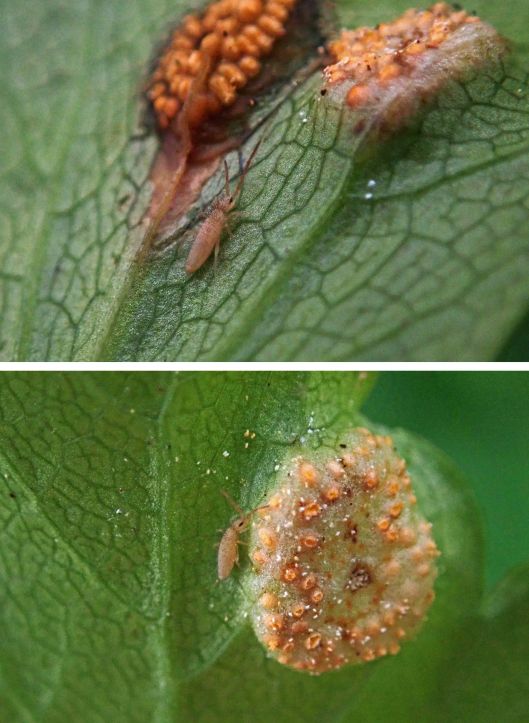

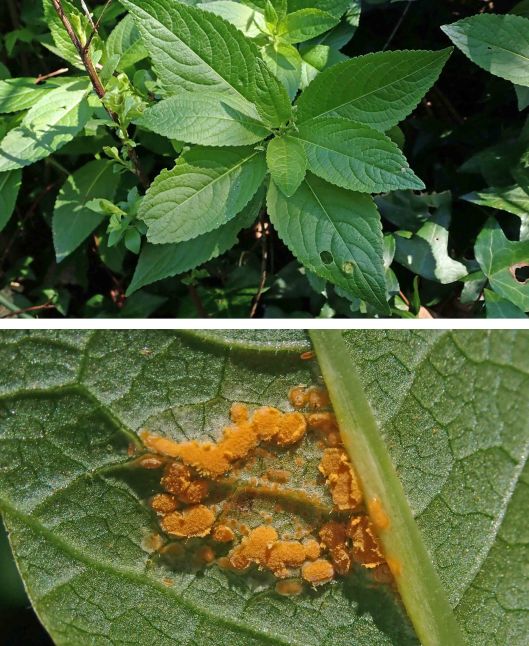
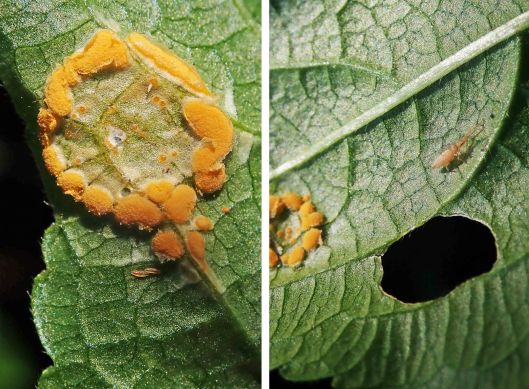
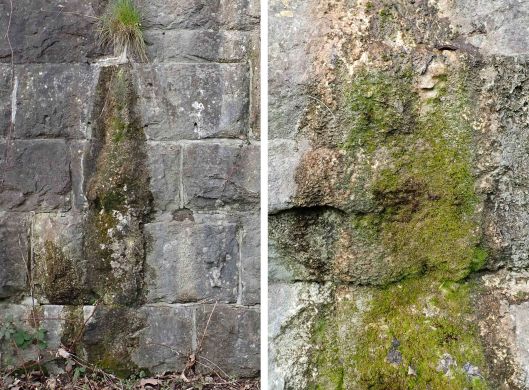
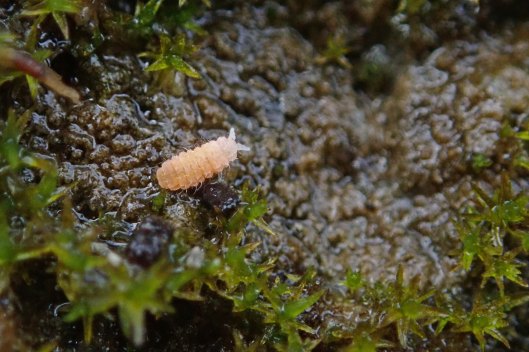
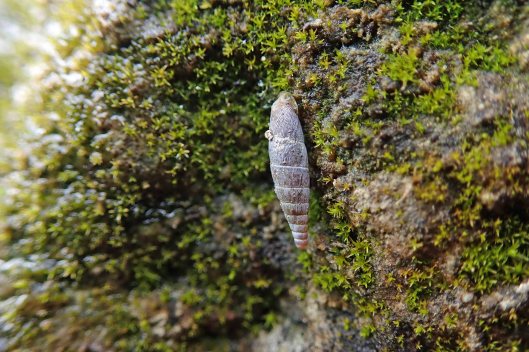
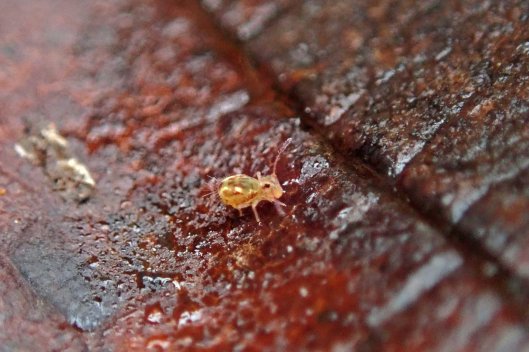
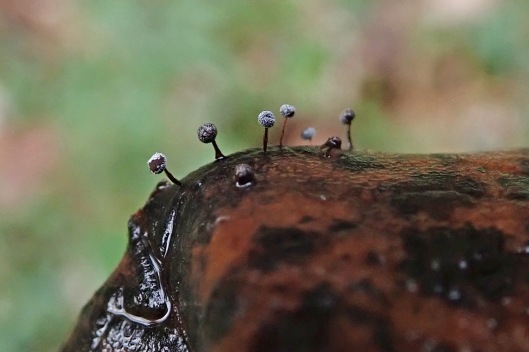
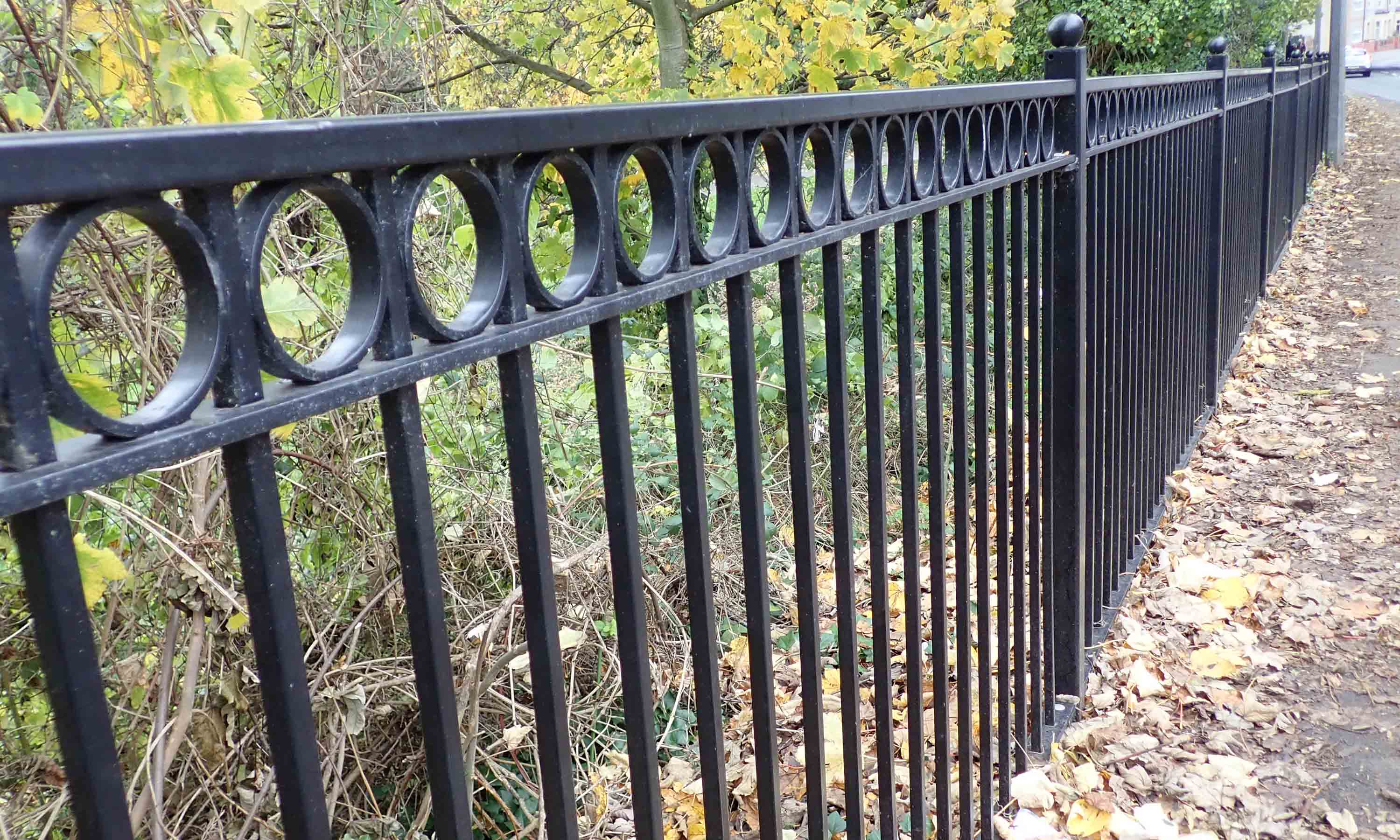

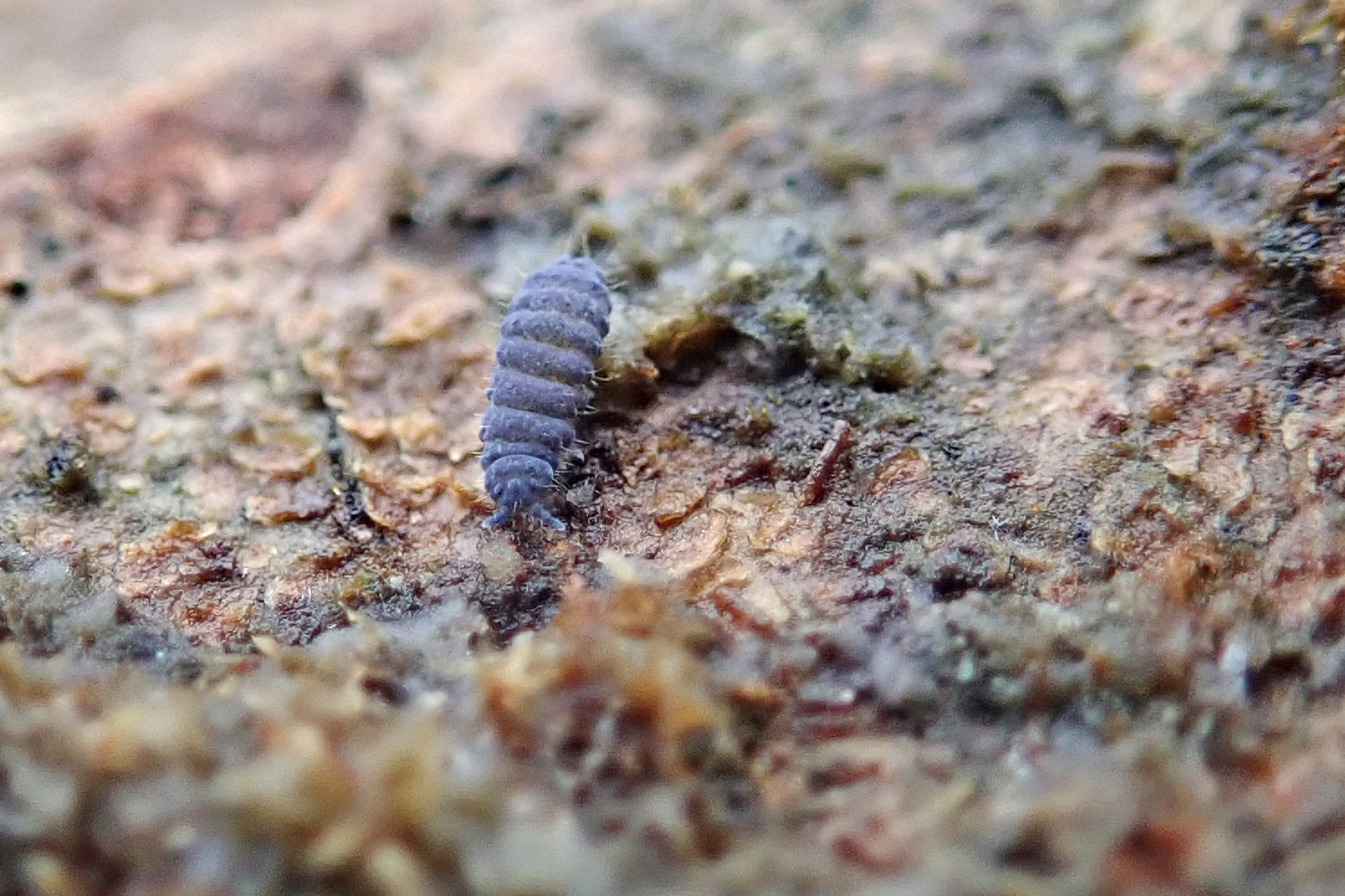










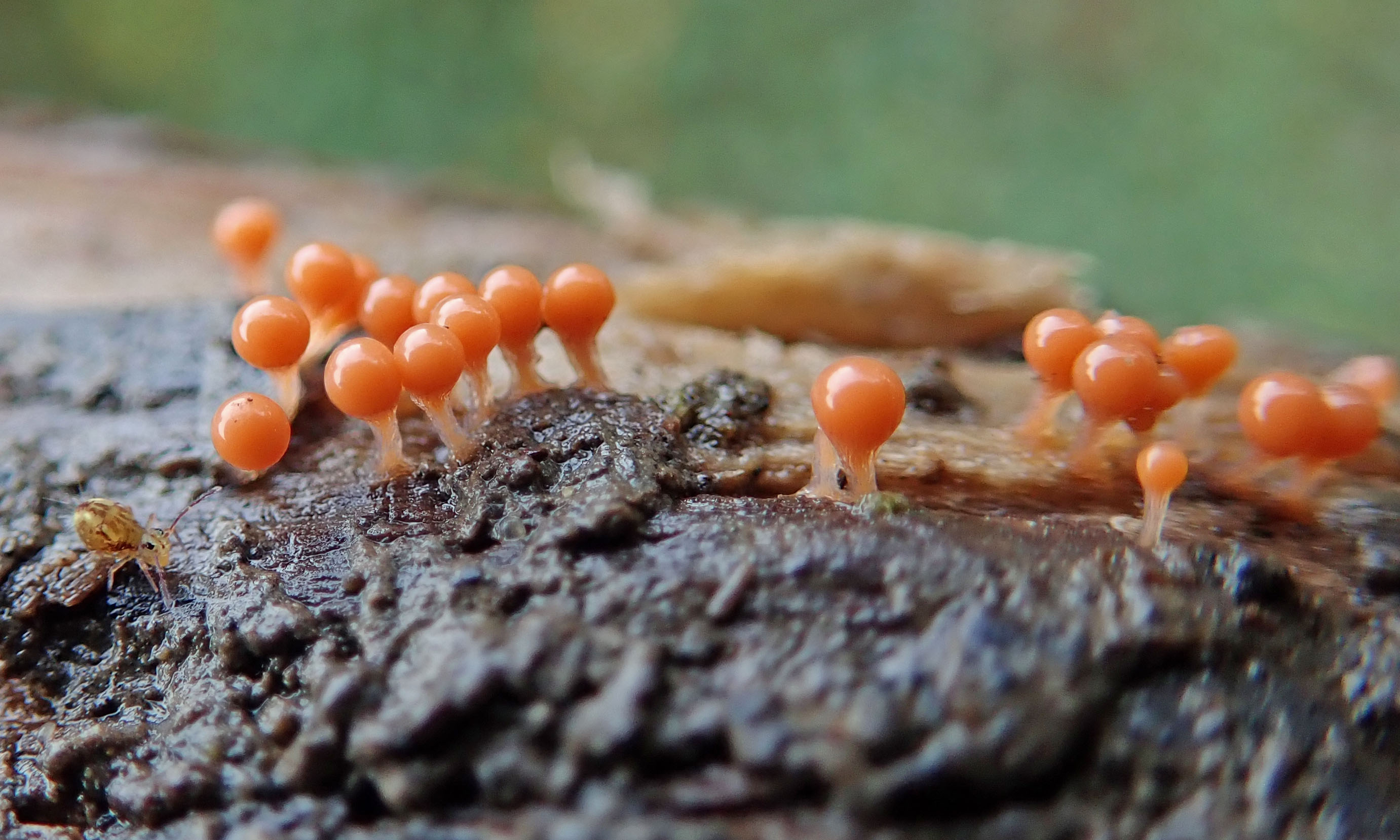
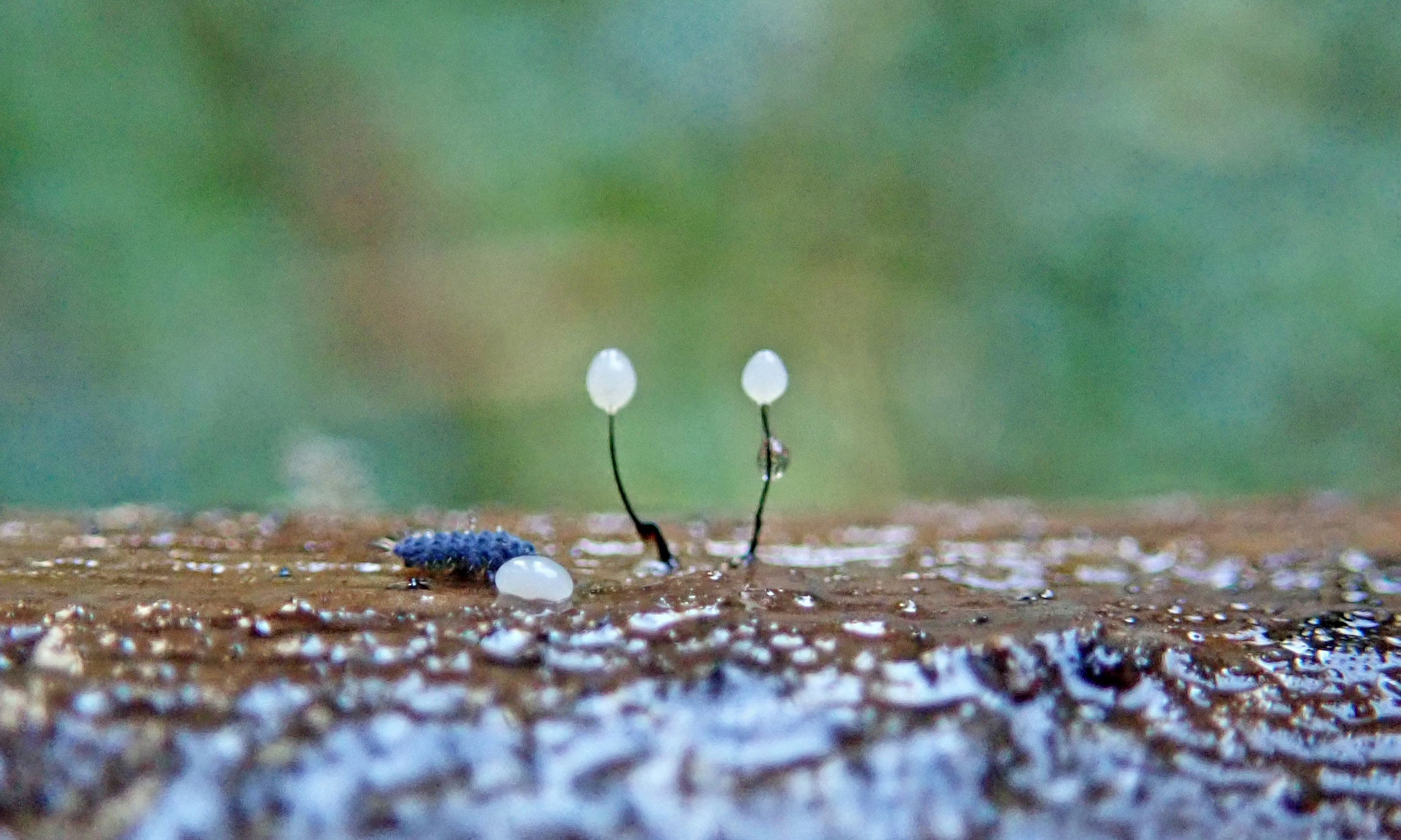





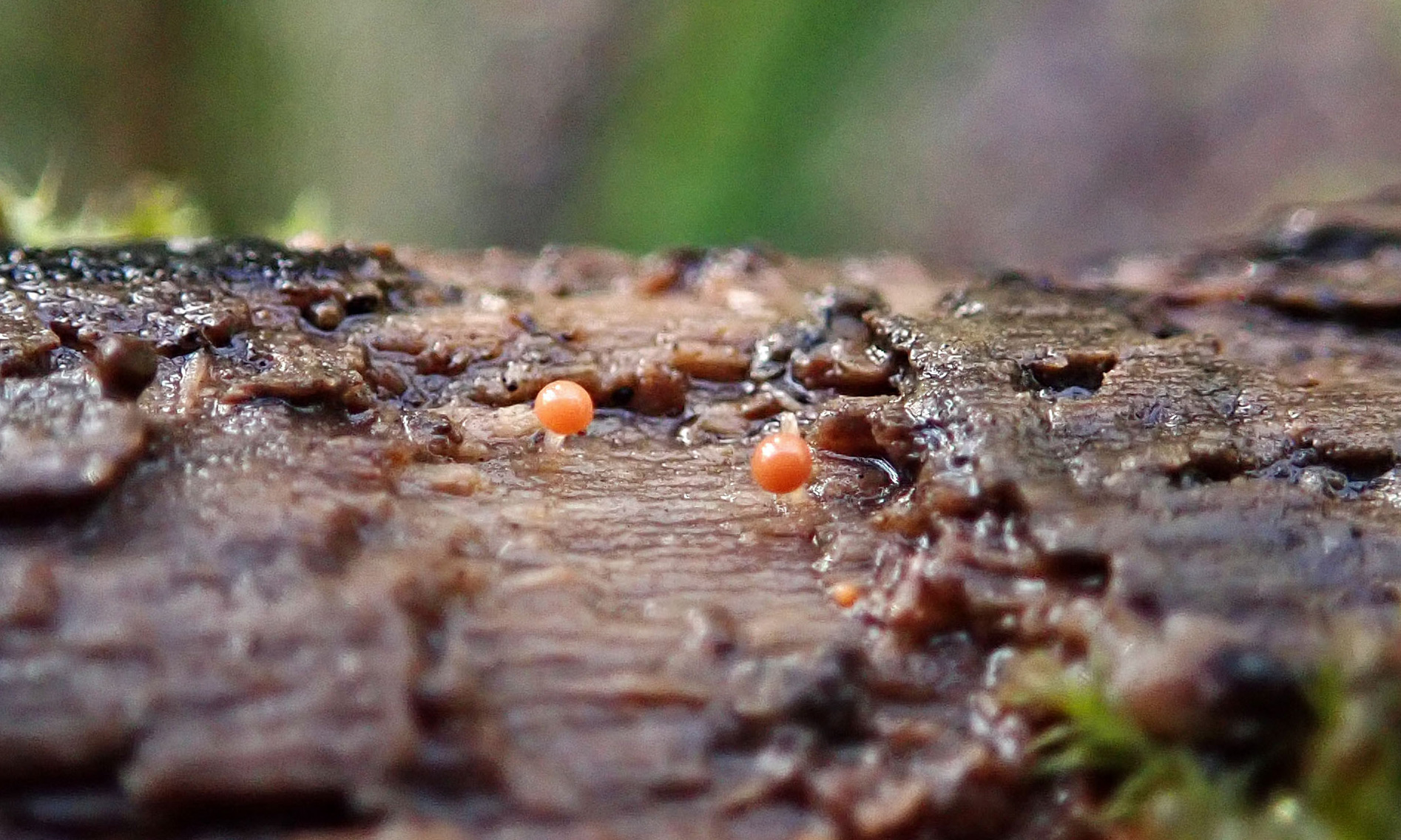
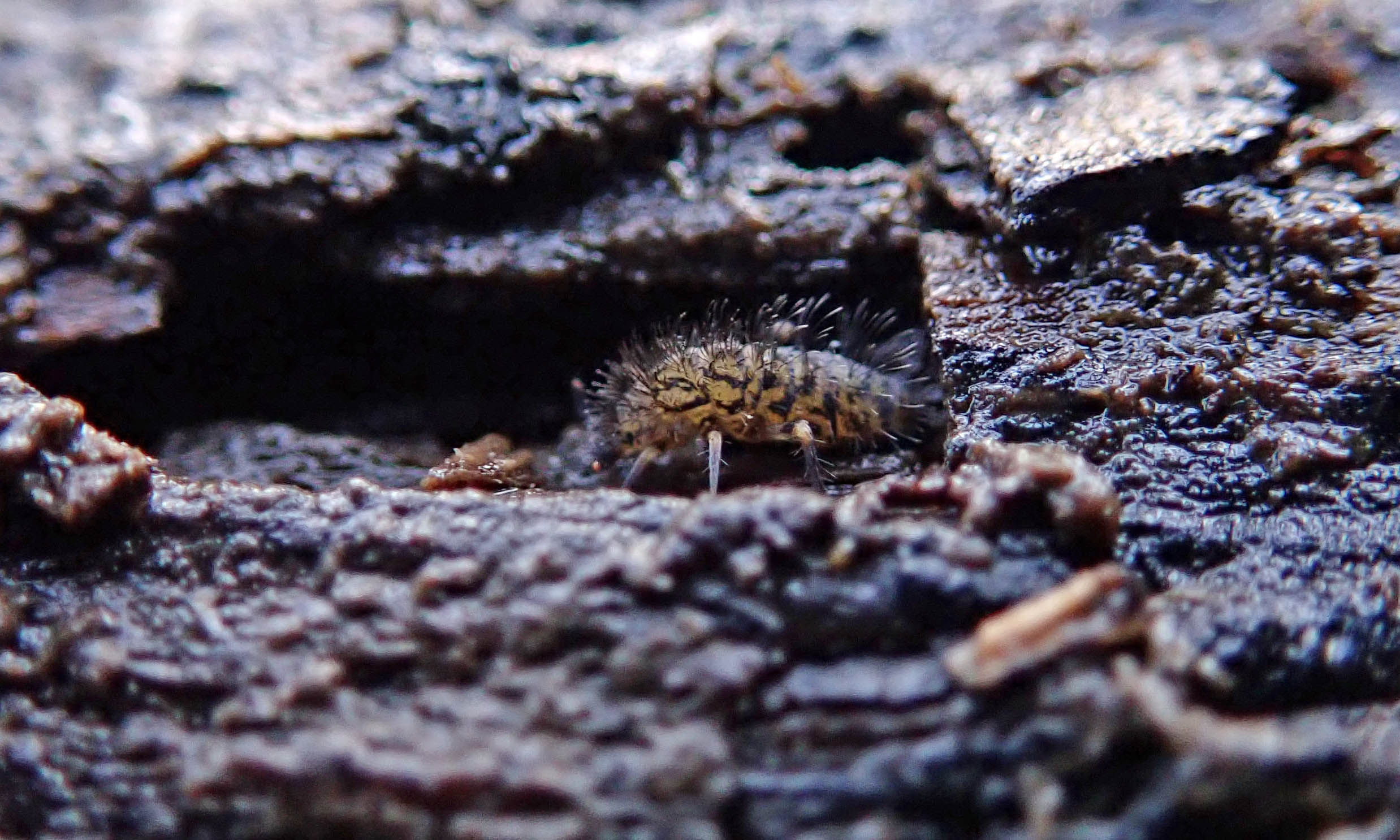
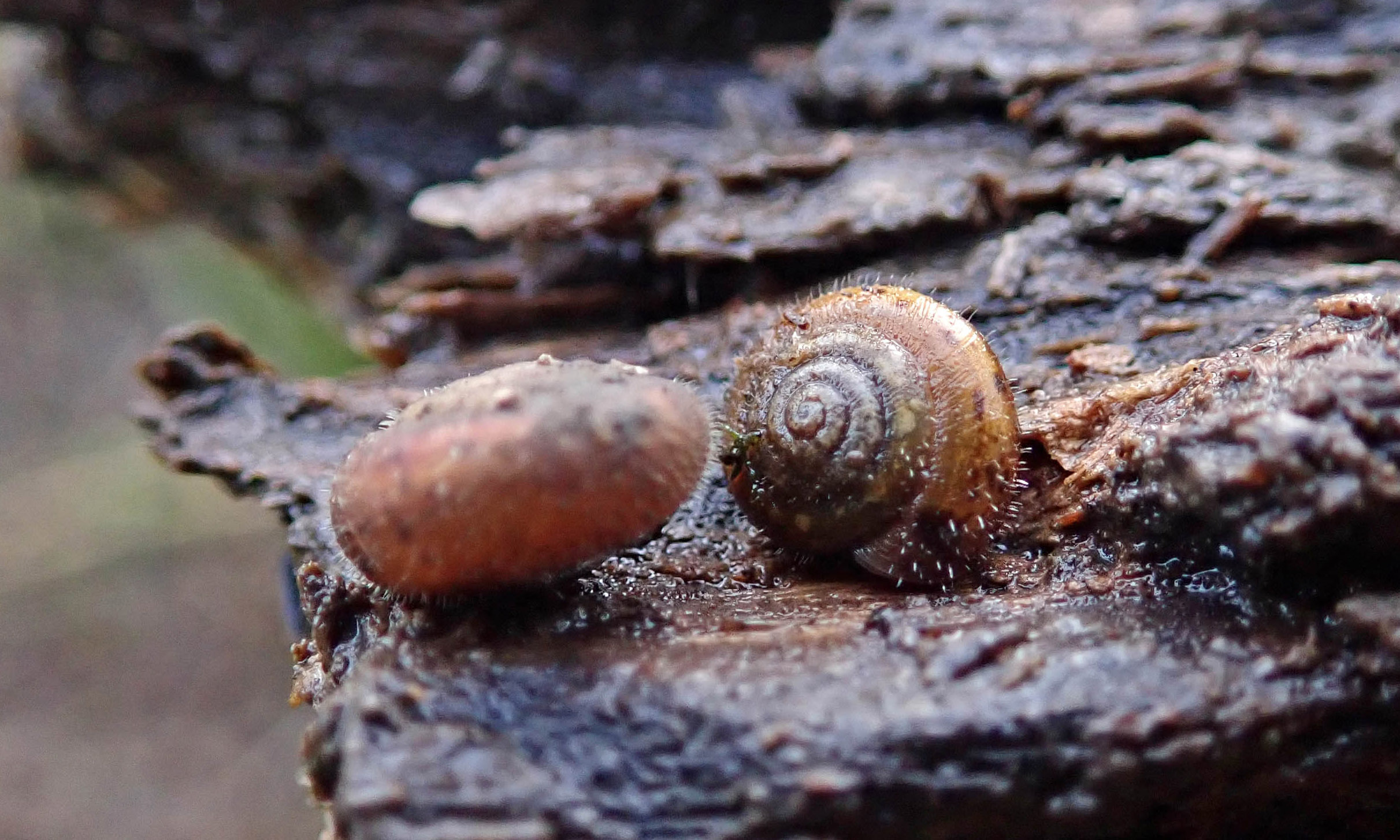
You must be logged in to post a comment.